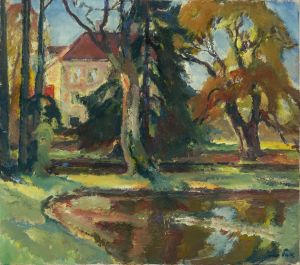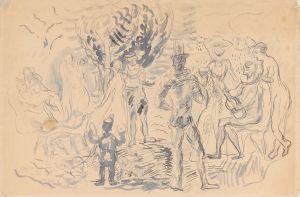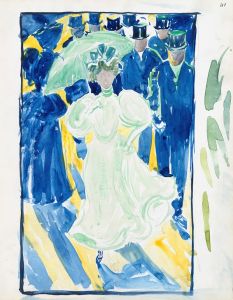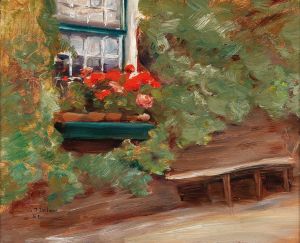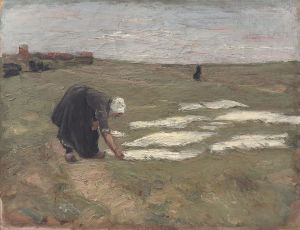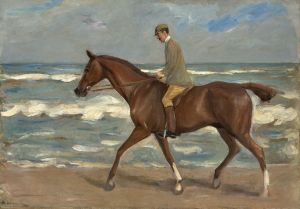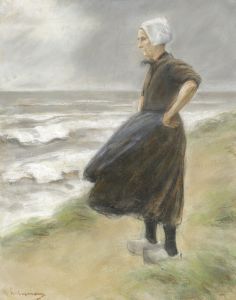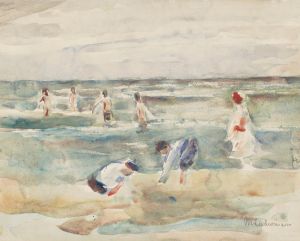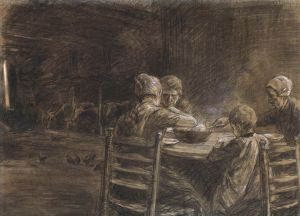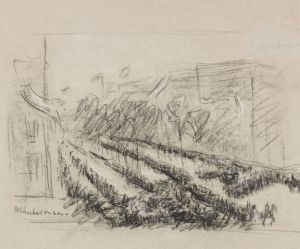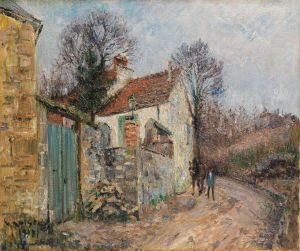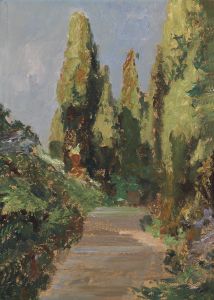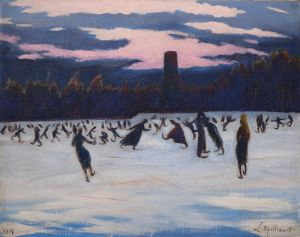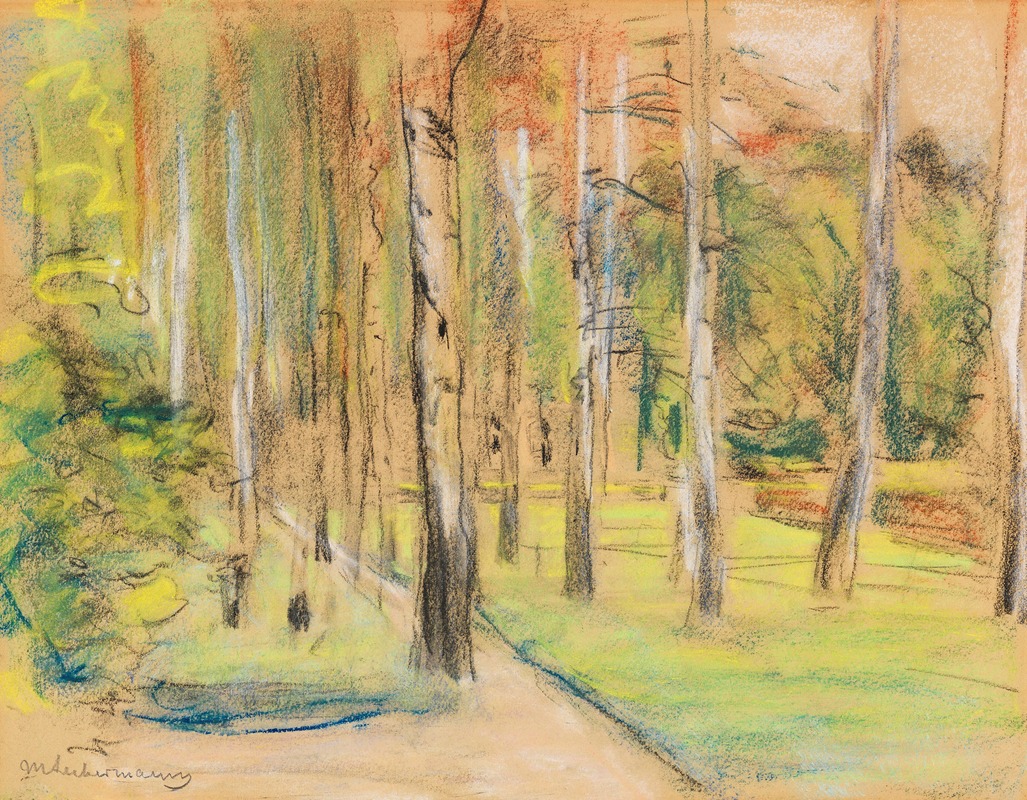
Die Birkenallee in Wannsee nach Nordwesten
A hand-painted replica of Max Liebermann’s masterpiece Die Birkenallee in Wannsee nach Nordwesten, meticulously crafted by professional artists to capture the true essence of the original. Each piece is created with museum-quality canvas and rare mineral pigments, carefully painted by experienced artists with delicate brushstrokes and rich, layered colors to perfectly recreate the texture of the original artwork. Unlike machine-printed reproductions, this hand-painted version brings the painting to life, infused with the artist’s emotions and skill in every stroke. Whether for personal collection or home decoration, it instantly elevates the artistic atmosphere of any space.
Max Liebermann was a prominent German painter and printmaker, associated with the Impressionist movement. He was a leading figure in the Berlin Secession and played a significant role in the development of modern art in Germany. One of his notable works is "Die Birkenallee in Wannsee nach Nordwesten" (The Birch Avenue in Wannsee Facing Northwest), which exemplifies his mature style and his affinity for capturing the serene beauty of nature.
"Die Birkenallee in Wannsee nach Nordwesten" was painted during a period when Liebermann frequently depicted scenes from his summer residence in Wannsee, a suburb of Berlin. This area provided him with a rich source of inspiration, and many of his works from this time reflect the tranquil landscapes and gardens surrounding his villa. The painting showcases a birch-lined avenue, a subject Liebermann returned to repeatedly, highlighting his fascination with the interplay of light and shadow among the trees.
The composition of the painting is characterized by its loose brushwork and vibrant use of color, typical of Liebermann's Impressionist style. The birch trees are depicted with a sense of rhythm and movement, their white trunks contrasting with the lush greenery around them. The avenue leads the viewer's eye into the distance, creating a sense of depth and inviting contemplation of the natural world. This approach reflects Liebermann's interest in capturing the fleeting effects of light and atmosphere, a hallmark of Impressionism.
Liebermann's work often focused on everyday scenes and landscapes, and "Die Birkenallee in Wannsee nach Nordwesten" is no exception. The painting does not depict any human figures, allowing the viewer to fully immerse themselves in the peacefulness of the natural setting. This emphasis on nature and the absence of human activity can be seen as a reflection of Liebermann's desire to find solace and beauty in the world around him, particularly during a time of significant social and political change in Germany.
Throughout his career, Liebermann faced both acclaim and criticism. As a Jewish artist in Germany, he encountered anti-Semitic attitudes, particularly during the rise of the Nazi regime. Despite these challenges, he remained a central figure in the German art world, advocating for modern art and supporting younger artists. His contributions to the arts were recognized with numerous honors, and his works continue to be celebrated for their technical skill and emotional depth.
"Die Birkenallee in Wannsee nach Nordwesten" remains an important example of Liebermann's work, illustrating his mastery of landscape painting and his ability to convey the serene beauty of nature. Today, his paintings are held in major collections around the world, and he is remembered as one of Germany's foremost Impressionist painters. The painting serves as a testament to Liebermann's enduring legacy and his contribution to the development of modern art in Germany.





